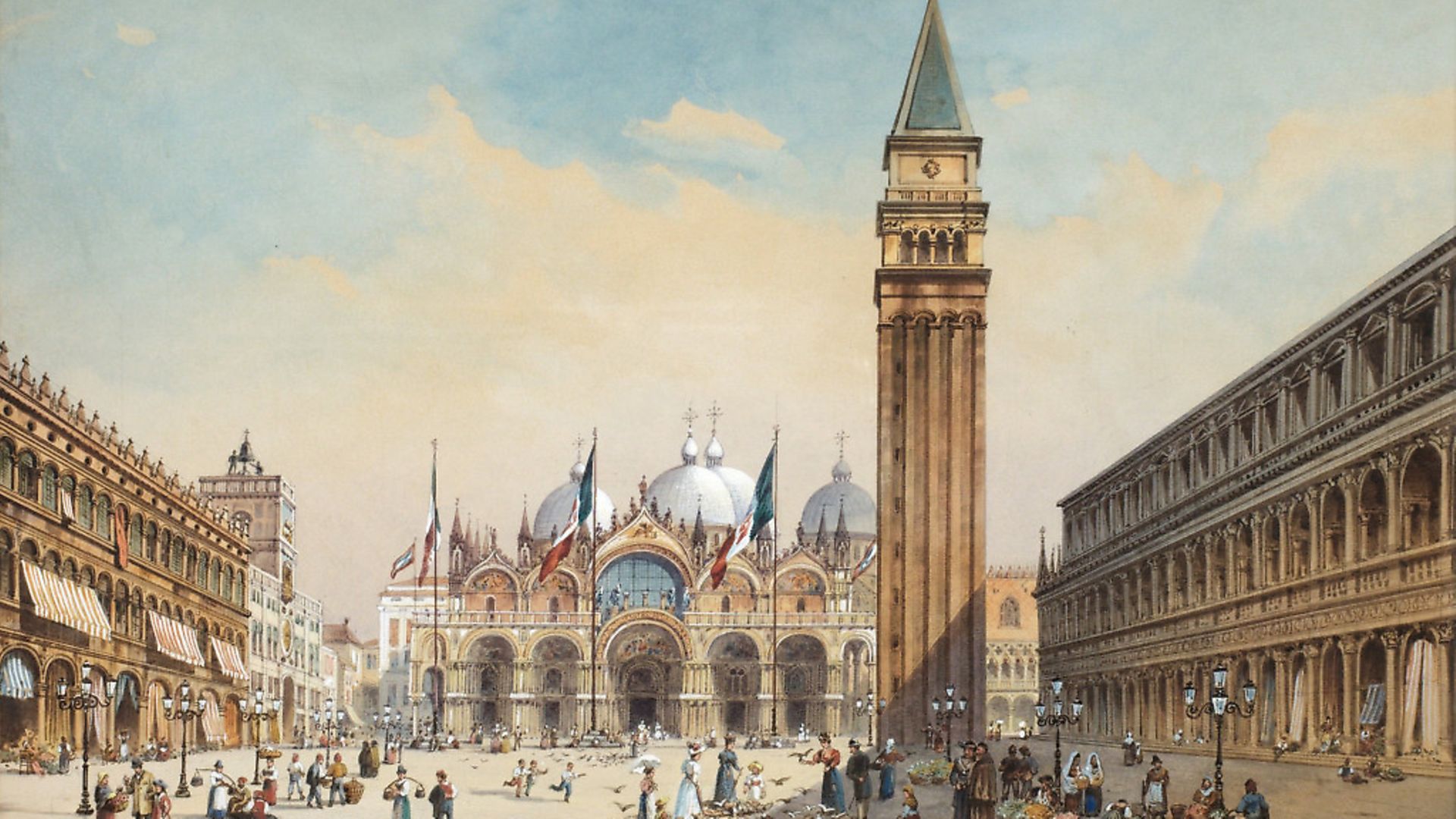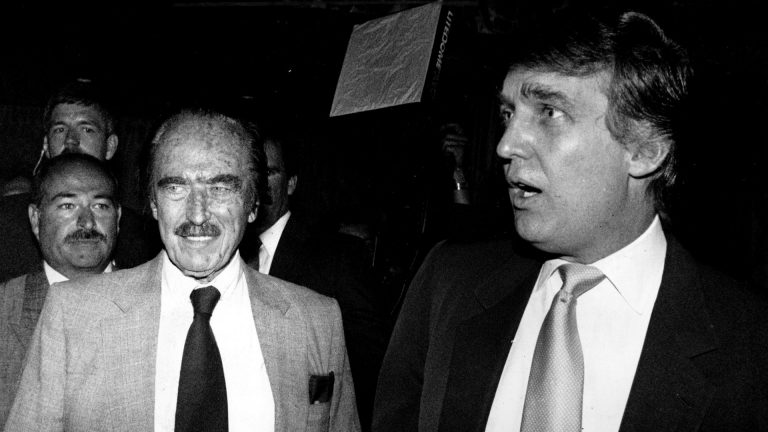
DAVID BARNES on the Victorians who were both attracted and repelled by the continent, and how those attitudes are echoed now
When the Victorian art critic John Ruskin arrived in the Tuscan town of Lucca at the age of 26, he was bowled over by its architectural wonders. “Such a church!” wrote the young Ruskin to his father of the Basilica of San Frediano, “all glorious dark arches & columns – covered with holy frescoes”. At the same time, Italy in 1845 caused the young writer the highest degree of anxiety. The people of Lucca, he continued, “seem bad enough for anything… talking all church time & idling all day – nothing but subjects for lamentation… nothing rising but ugliness & meanness, nothing done or conceived by man but evil, irremediable, all swallowing evil, vice and folly everywhere, idleness and infidelity, & filth, and misery… I don’t know what I shall do”.
Ruskin’s response was not unique. Continental Europe provoked mixed responses among Victorian travellers. The glorious art treasures, the rich cultures and the apparent political instability of the nations over the Channel caused in British travellers a strange blend of emotions. Like Ruskin, they often reacted with incomprehension, disdain, condescension, xenophobia or racism to the populations of Italy, France, Spain, Germany and Austria.
At the same time, Victorians flocked to countries like Italy and Greece as the cradles of classical civilisation. They wandered among the ruins of Rome and Athens, imagining themselves watching the triumphal processions of Julius Caesar or listening to the symposia of Plato.
Victorians went into rhapsodies at the beauties of the ancient medieval and Renaissance churches, frescoes and icons that scattered the European mainland. Yet at the same time they often reacted with horror and grim fascination to the church practices of Roman Catholicism, their evangelical Protestant sensibilities offended by the veneration of saints and statues.
Victorians praised the genius for philosophy and industry they saw in Germany, yet were often suspicious of Prussian militarism. British travellers in this period adored French art, food and wine, but were terrified of the revolutionary radicalism they associated with their continental neighbour. In short, Victorians saw in mainland Europe a strange and distorted mirror-image of all the anxieties they had about their own society.
For today’s Brexiters, a similar mixture of emotions and suspicions colours their visions of Europe. For figures like Jacob Rees-Mogg, the European Union is sclerotic, run by pen pushers in Brussels – a vision of bureaucratic inefficiency that parallels Victorian depictions of Italy, Germany and Austria. At the same time, the Eurosceptic imagination is haunted by nightmares of raging mobs: Angry French farmers, aggressive Spanish fishermen.
These visions of continental European inefficiency and political intransigence would have been familiar to Victorian observers. For travellers in this period, ‘Europe’ was often the paradigm of what not to do: Continental despotism and bureaucracy was contrasted with British democracy and efficiency, superstition and extremism with pragmatism and modesty.
On the other hand, many travellers found in mainland Europe what they saw as lacking in Britain: An openness to sensory and aesthetic pleasure, an unashamed focus on high culture and the life of the mind.
The mid-19th century saw huge expansion in rail construction across Europe. It became increasingly easy for British travellers to reach their destinations in France, Germany or Italy. By 1883, a weekly train took passengers from Calais to the French Riviera.
Travel companies like Thomas Cook made continental travel affordable, and the Mediterranean became increasingly accessible for middle-class tourists. In the earlier part of the century, it was only wealthy families, like Ruskin’s, who regularly travelled to Florence, Venice or Rome. But by 1877, when Ruskin wrote a new travel guidebook to Venice, St. Mark’s Rest, he snobbishly attacked the “cockneys” who, he thought, now flocked to the Italian city.
By the late 19th century, the British devoured guidebooks. Publishing firms like Murray, Baedeker and Thomas Cook all produced tourist guides to a range of continental destinations. A traveller in the 1890s deciding where to go on holiday could peruse Murray’s Handbook for Travellers in Northern Italy, Baedeker’s guide to The Rhine from Rotterdam to Constance or its 1896 guidebook to Austria, including Hungary, Transylvania, Dalmatia and Bosnia.
In the following year, Bram Stoker’s novel Dracula would famously begin with his character Jonathan Harker leaving Munich by train for Transylvania. Among other things, Stoker’s book is a record of a continental journey gone wrong. The novel depicts British certainty and rationality meeting a vision of Eastern Europe as a space of superstition, ritual and dark magic, embodied in the figure of the vampire.
Protestant British travellers were in equal measure attracted and repelled by the religious practices of continental Europe. Historian John Pemble has shown how British visitors often deliberately attended Catholic Masses and other church events in Rome simply to condemn the “idolatry” of Roman Catholicism.
They behaved with crass boorishness in Roman churches, talking loudly over the music, laughing and jeering, and even popping champagne corks. British accounts of religion in Rome often displayed an excessive, even hysterical, response to Catholicism. The Scottish Presbyterian writer John Aiton, for example, raged against the “corruptions and carnalities of Popery”.
Yet some Victorian and Edwardian travellers delighted in the differences they found in mainland Europe. The writer and aesthetic critic Vernon Lee (whose real name was Violet Paget) loved the crumbling churches of Rome and the beauty and tradition of the Catholic Mass. Writing about the church of Ara Coeli in 1889, she compared the “sonorous rasping” of the organ and the “quaver” of the monk’s voices to the heavenly angels painted by the Renaissance artist Pinturicchio. And in 1900, attending a Mass in Rome’s Lateran Basilica, she delighted in the “exquisite white and gold officiating priests, like great white peacocks at the altar”.
There were other attractions. Oscar Wilde, who fled to mainland Europe after his trial and imprisonment, clearly enjoyed the sensual (and sexual) pleasures of the continent. In particular, Wilde liked watching attractive younger men promenade through the cities of the Mediterranean.
In a letter of 1897 from Naples, he writes about “the lovely Greek bronzes” who walk about the town at night. “It is not for pleasure,” Wilde wrote, “that I have come here, though pleasure, I am glad to say, walks all round.” Italy in particular was also free from the social taboos that made relationships between people of different social class difficult in Britain. Gay writers – like Wilde and E.M. Forster among others – appreciated this social freedom as much as they did the freedom to pursue what Wilde called “Uranian” (homosexual) love. Italy was also relatively inexpensive – writing to a friend in 1899, Wilde said he planned to go to Genoa as “Paris is too dear”.
When it came to Germany, there were a set of very different preconceptions at work. Although Berlin would later come to represent some of the things that Naples and Paris had previously symbolised for British travellers (think of Christopher Isherwood, Sally Bowles and the Berlin cabaret), for Victorian travellers Germany was more often resonant of ‘high’ culture.
British tourists visiting Berlin, Dresden or Munich came for high art, architecture, music, and philosophy. Many came away from their German tours lamenting the lack of culture in Britain. The art critic Anna Jameson complained that: “We have not in England any historical painters who have given evidence of their genius on so grand a scale as… the painters of Germany.”
Others, like the poet, critic and educator Matthew Arnold praised the German education system. In particular, Arnold admired Prussian schools who, he wrote, were responsible for disseminating a deep-seated “belief in culture”. Like today’s educators, Arnold fretted that Britain would lag behind. “[German] men of business trained in those schools are beating the English when they meet on equal terms,” he complained.
The marriage of Queen Victoria to Prince Albert of Saxe-Coburg in 1840 initiated a craze for all things German. Historical connections between England and Germany were highlighted and British travellers made much of a shared ‘Anglo-Saxon’ heritage. Thomas Arnold, Matthew Arnold’s father and headmaster of Rugby School, was delighted on a visit to Germany to see “the land of our Saxon and Teutonic forefathers”.
Germany was, he wrote, “the birthplace of the most moral races of men the world has yet seen”. But by the late 19th century, British admiration for German scientific prowess and efficient government had begun to morph into a fear of militarism, bureaucracy, and despotism.
By 1900, Jerome K. Jerome was writing of the German citizen as a “soldier” whose “military instinct” has “entered into his blood”. “At the end of each bridge,” Jerome writes, “stands a policeman to tell the German how to cross it… In Germany you take no responsibility upon yourself whatever.”
Fears about the overreaching power of the German state are familiar to anyone immersed in Eurosceptic rhetoric. Steve Baker, who heads the European Research Group, talks of the European Union as a body that “believes in centralisation, directives and regulation and conformity”. Iain Duncan Smith rails against “the Brussels army of bureaucrats” whose aim is the “creation of an overarching federal power”. And once more, it is the spectre of an overly powerful Germany that haunts this rhetoric. The European Union, writes Duncan Smith, “is working for Germany”.
These visions are not new, and can be seen in the fantasies and anxieties of the Victorians. Yet continental Europe has always meant differing things to the British. For every nightmare of bureaucracy and despotism, there is a dream of art, culture and social liberty. Charles Dickens praised “the beautiful Italian manners”, George Eliot commended the Spanish people for their good-natured friendliness. Ruskin thought French art galleries “far superior to ours”. When Victorians travelled in mainland Europe, they were looking in a mirror. When they wrote about German, French or Italian culture they were really finding ways of assessing life in Britain – its merits and its faults.









